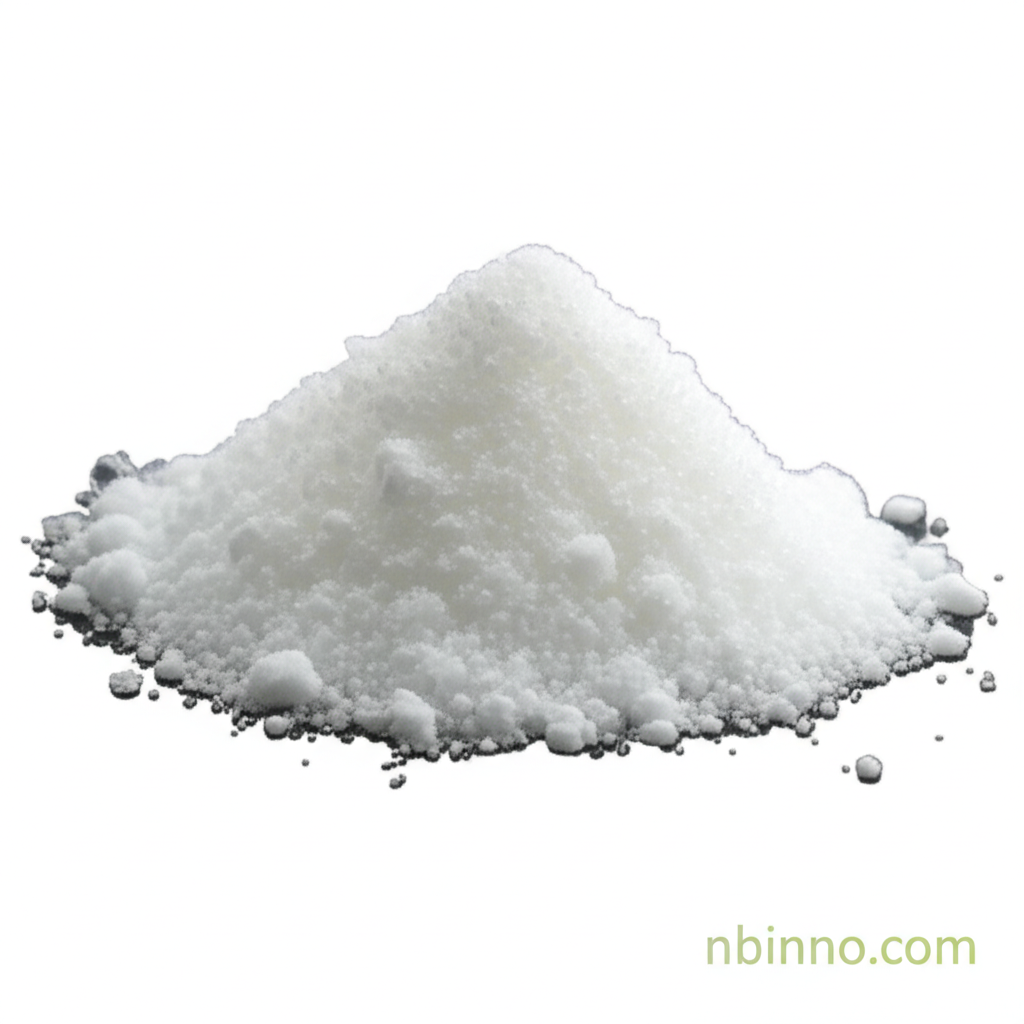3-(Chloromethyl)-2-hydroxy-5-nitrobenzaldehyde: A Versatile Intermediate for Chemical Synthesis and Biological Research
Discover the potential of this key organic compound in pharmaceuticals, dyes, and beyond.
Get a Quote & SampleProduct Core Value

3-(Chloromethyl)-2-hydroxy-5-nitrobenzaldehyde
This compound is a vital organic intermediate with significant applications across various industries. Its unique molecular structure, featuring reactive chloromethyl and nitro groups on a salicylaldehyde backbone, makes it indispensable in complex organic synthesis and the development of novel therapeutic agents.
- Explore the biological activity of 3-chloromethyl-2-hydroxy-5-nitrobenzaldehyde, revealing its potential in antimicrobial and anticancer therapies.
- Understand its role as a key building block for various industries, facilitating the creation of diverse chemical entities.
- Leverage this compound in pharmaceutical intermediate manufacturing for the development of new drug candidates.
- Utilize this versatile molecule in organic synthesis building blocks for complex molecular architectures.
Advantages
Versatile Reactivity
The presence of both chloromethyl and nitro groups provides dual functionality, enabling a wide range of chemical transformations and derivative synthesis. This enhances its utility in organic synthesis building blocks.
Biological Potential
Research indicates significant antimicrobial efficacy and potential anticancer properties, making it a compound of interest for pharmaceutical intermediate manufacturing and drug discovery.
Industrial Applicability
Serves as a crucial component in the production of dyes, pigments, and other fine chemicals, highlighting its broad industrial applicability and value in chemical intermediate production.
Key Applications
Pharmaceutical Synthesis
As a pharmaceutical intermediate, it aids in the synthesis of complex organic molecules with potential therapeutic properties. Consider its use in drug development pathways.
Dye and Pigment Production
Its unique chemical structure makes it valuable for creating specialty dyes and pigments, contributing to vibrant colors in various materials.
Agrochemical Intermediates
It can function as an intermediate in the synthesis of agrochemicals, playing a role in the agricultural sector.
Material Science
The compound's reactivity may also find applications in material science for developing novel functional materials and polymers.
